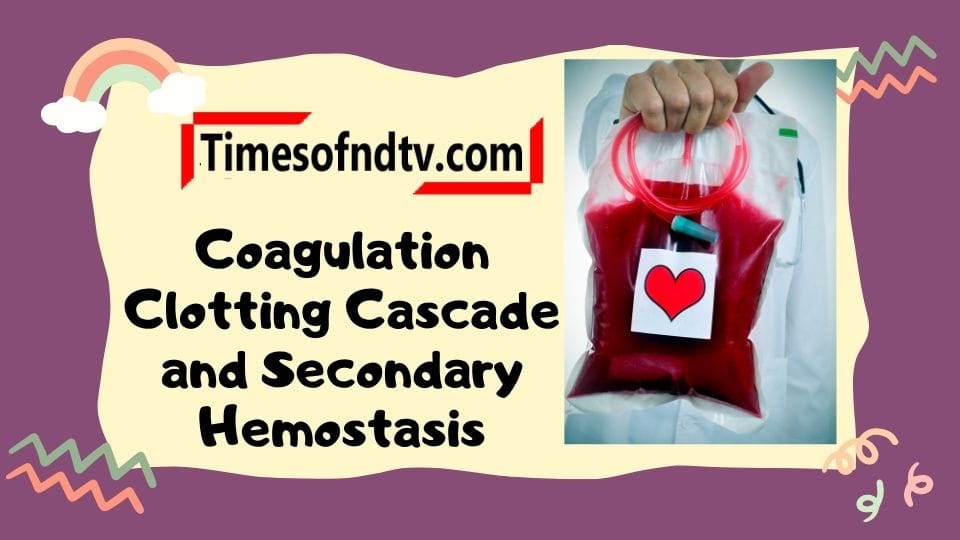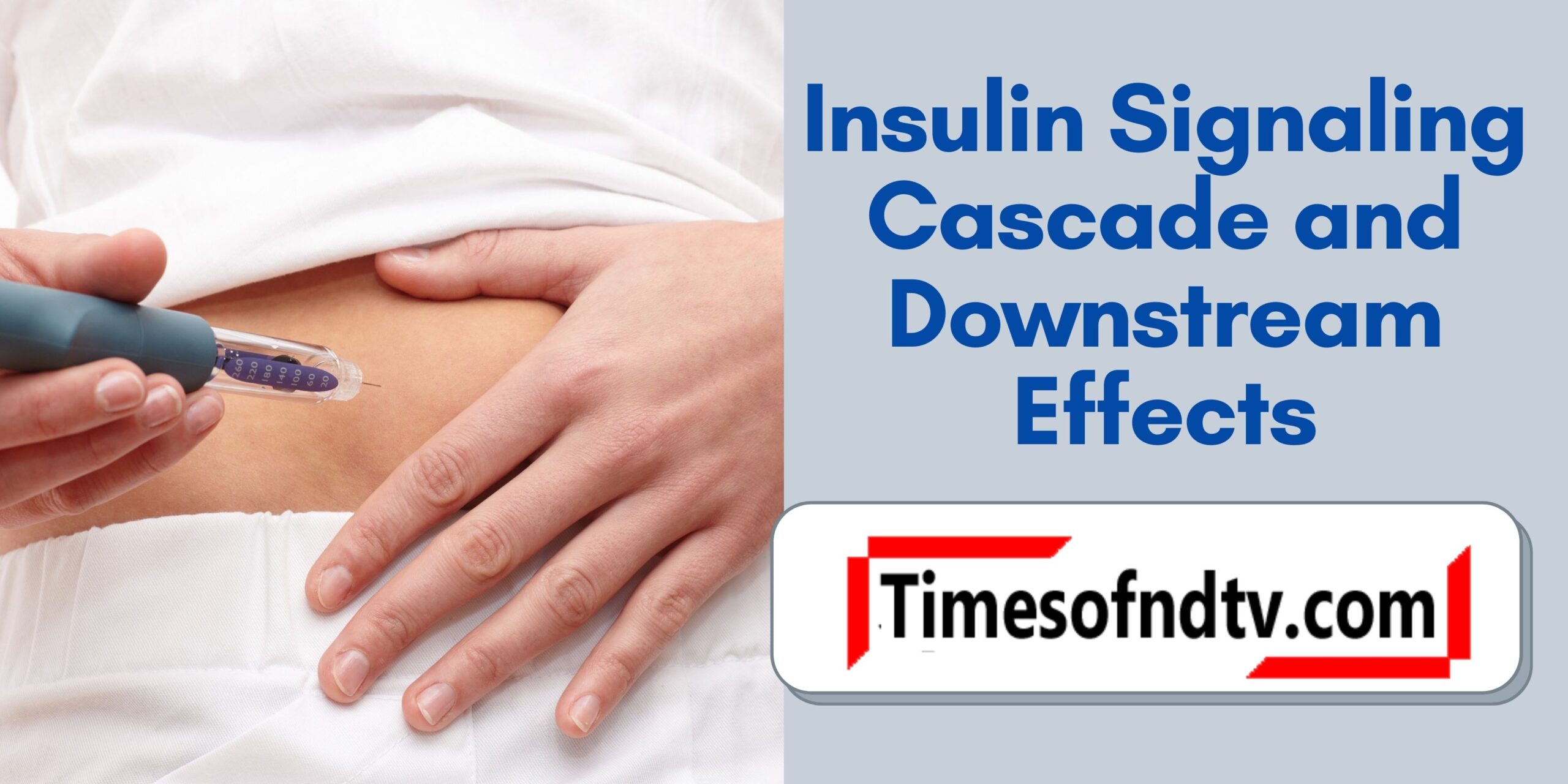Coagulation Clotting Cascade and Secondary Hemostasis. the coagulation cascade is the sequence of events that leads to the formation of a blood clot. The first step is platelet aggregation, which is when platelets stick to each other and create a clump. Then, the clump becomes a thrombus. The thrombus becomes attached to a blood vessel and starts to flow. This process is called fibrinogen synthesis, and it helps to create a seal between the thrombus and the vessel.
The coagulation cascade is a sequence of enzymatic reactions that lead to the formation of a thrombus. The first step in the cascade is the activation of Factor VIII by tissue factor. Factor VIII then cleaves procoagulant proteins such as von Willebrand factor, plasminogen activator inhibitor-1 (PAI-1), and tissue factor receptor (TFR).
The coagulation clotting cascade is a series of biochemical reactions that result in the formation of a blood clot. The cascade begins with the activation of the coagulation factor XII enzyme by thrombin. Factor XII then catalyzes the conversion of prothrombin to thrombin which then cleaves fibrinogen leading to the assembly of a fibrin meshwork.
Read More: Essential Amino Acid Mnemonic
I know many of us have heard that the coagulation cascade is scary or very difficult to memorize, but that’s actually not true, guys. Once you get once you’ve kind of gone through the pathway a couple of times it gets gets much easier to remember. So just to begin say we’ve got some exposed endothelium here. Maybe that’s from a cut or maybe that’s from damage to your blood vessel, but from the trauma you get some exposure of endothelium.
Coagulation Clotting Cascade and Secondary Hemostasis
Now what happens guys, is that tissue factor and activated factor seven, the lapping number seven is released. And just to point out that I have a little a here that just signifies activated. So when I have a little a, it just means that the factor number is activated. So once you get tissue factor and activated lucky number seven, you are going to get these two are going to actually activate minute amounts of factor ten to minute amounts of activated factor ten. So again, that’s very key to remember.
Coagulation Clotting Cascade and Secondary Hemostasis Minute amounts. Once you have minute amounts of activated factor ten, this factor ten is going to activate minute amounts of protrumin. So minute amounts of protrimin to thrombon. And now another name for protruman is actually factor two. So you may have seen that factor ten activates factor two.
And that’s true because propheum is actually factor two, which is another name forward. So minute amounts. Again, minute amounts of activated factor ten activates the small amounts of profrombin to thrombon. So once you get to thrombon, that’s kind of where the ball gets rolling. Thrumbin is kind of like the boss of the pathway.
It’s kind of like the delegator the DJ of the pathway. It kind of gets everything going and rolling. So once you get to kind of this point here, guys, once you get to that first small amount of thrombon, you’ve officially finished the initiation phase of the pathway.
So once you get to throw money, you’ve kind of got done the initiation phase. So it’s just getting started. So once you get to that little minute amount of Thrombon produced, the pathway gets started, it kind of gets everything rolling. And what it does is Throwman will activate. It’ll activate several different factors.
Extrinsic pathway of blood clotting
But actually the next step in the pathway is actually the activation of factor eleven to activated factor eleven by Thrombon. Again, Thrombin actually activates a factor eleven to activated factor eleven. And then activated factor eleven will convert a factor nine to activated factor nine. And then a key component of this step is that Thrombone will actually activate factor eight as well. To activate the factor eight and activated factor nine.
Activated factor eight fossil lipids. So I have PL signifying phospholipids and calcium will know form a complex and then they’ll cause the activation of a large amount of factor ten to activate a large amount of activated factor ten. So again, guys, I know that might sound a little complicated. I’ll go over that again. So right after you get minute amounts of throwing produced, the minute amounts of throwing is going to cause the activation of factor eleven to activate factor eleven.
Coagulation Clotting Cascade and Secondary Hemostasis Factor eleven activates or converts factor nine to activated factor nine. And Thompson is going to also activate factor eight to activated factor eight. And once you have both activated factor nine and activated factor eight along with phospholipids and calcium, they all form a complex. And then they activate large amounts of factor ten to large amounts of activated factor ten. Now once you’ve got large amounts of activated factor ten, thrombin again is going to or has already activated factor five to activated factor five.
So you’ll have large amounts of activated factor ten. And you’ll also have activated factor five. Now again, along with phospholipids and calcium, these will all form a complex which will activate or convert large amounts of prothromin to large amounts of thrombon. And once you get large amounts of thrombone, large amounts of thrombon are going to convert fibrinogen to fibrin, soluble fiber, and monitors. Actually at this point and another important thing to note is that fibrinogen also has another name.
Coagulation factors
Fibrinogen is actually also known as factor one. So you might have seen that as well. Factor two activating factor one. So that’s just another name for factor one. Once you get large amounts of thrombone, large amounts of thrombon are going to activate fibringent to soluble fibrin monitors.
So I have here soluble monitors. And so the path is not complete at this point yet, guys. What will happen is Thrombonho will have activated another factor factor 13 to activated factor 13. So unlucky number 13 and factor 13 will actually convert the soluble fiber monitor to insoluble fiber and polymers. So the fiber will actually become like a mesh at that point.
And that’s pretty much where it ends, guys. You get a good formation of a stable clot at that point. So once you’ve got to that insulin fiber and polymer, this whole part of the pathway is known as the amplification phase. So amplification phase, you actually come back to the same point where you’ve had small amounts of activated factor ten and small amounts of throngbind. Now you’ve got large amounts.
So he’s amplified the response. So this is called the amplification phase of the pathway. So another thing to note, guys, is that you may have heard of factor twelve.
Factor twelve, like all the other factors, actually gets activated to activate a factor twelve. And now you may be wondering, okay, what does activated factor twelve do? Well, actually activated factor twelve actually activates factor eleven. So you may be wondering, okay, why don’t we have factor twelve? Why don’t we just use factor twelve and get to the same conclusion?
Coagulation cascade made Easy
Well, it seems that factor twelve is not really relevant or is redundant in the human body. So it exists, but it doesn’t really take part in the pathway, because in actuality, it actually takes longer to get from factor twelve down to insulin, fiber, and Palmers than it does from tissue factor and activated factor seven to get to fiber, insoluble fiber and polymers. So it seems to be a slower mechanism. Factor twelve is actually very important when we do laboratory tests to measure some of these factors in the lab. So I’m just going to go into a little bit talked about a little bit of that right now.
So the pathway utilizing factor twelve is actually known as the intrinsic pathway.
Pathway. The intrinsic pathway involves factor twelve in leading you to the insoluble fiber and polymer. Now, an easy way for me to remember intrinsic is that I think of it as it’s in the pathway. So it’s kind of in the middle of the pathway. That’s how I think of it.
So if you think of this as an entire pathway, intrinsic pathways, it kind of intersects in the middle of the pathways. In the middle of the pathway. So in the pathway, that’s how I can remember that it’s intrinsic, because the pathway starting with factor twelve is known as the intrinsic pathway. The pathway starting with tissue Factor and activated factor seven is known as the extrinsic pathway.
This is the extrinsic pathway. When you start with Tissue Factor and Activated factor seven, because they both utilize a similar pathway here, they both use activated factor ten and trombone and fiber. This pathway is actually known as going to circle this part of the pathway.
FAQs
What is the difference between coagulation and clotting?
What is the difference between primary hemostasis and secondary hemostasis?
What are the three stages of coagulation?
What are the causes of bleeding?
What are the steps in the process of coagulation?
What are the steps in the process of hemostasis?
Conclusion
the coagulation cascade is a series of events that leads to the formation of a blood clot. This process begins with the activation of the coagulation factors, which then bind to one another and catalyze the precipitation of thrombin from plasma. The thrombin then cleaves fibrinogen into its constituent proteins, which forms a clot. The clotting cascade continues as additional factors are activated, leading to the formation of a more solid blood clot.



